
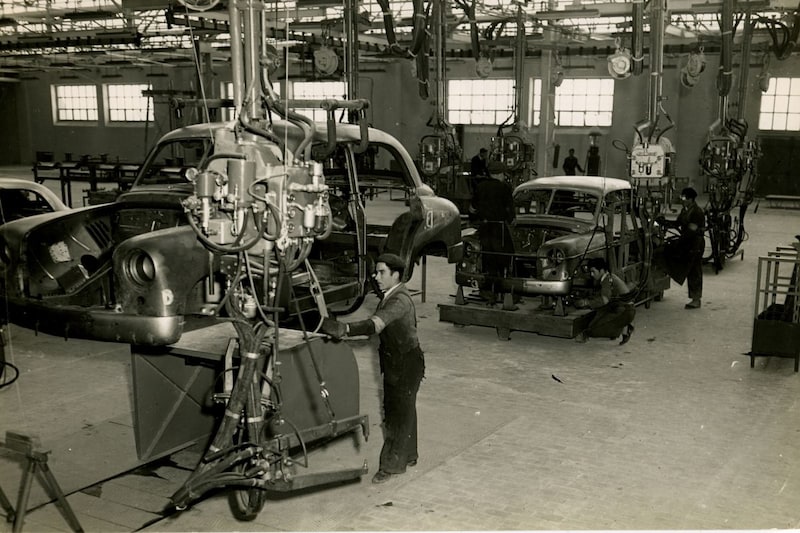
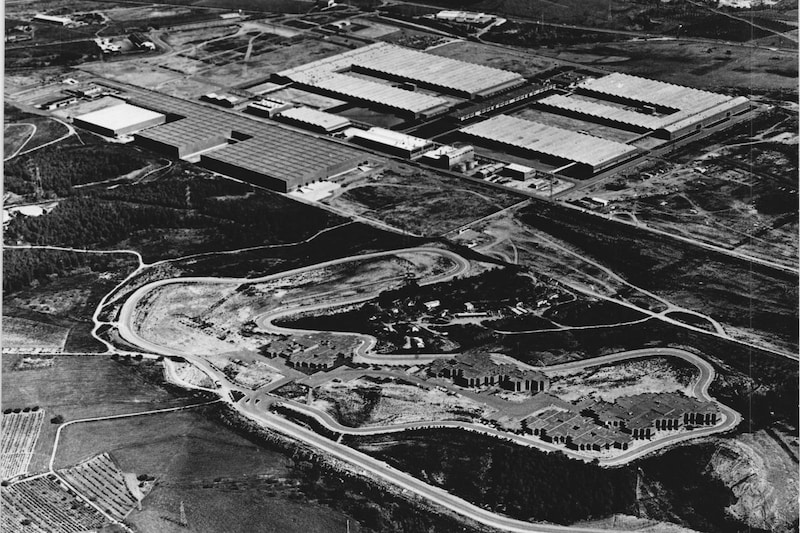



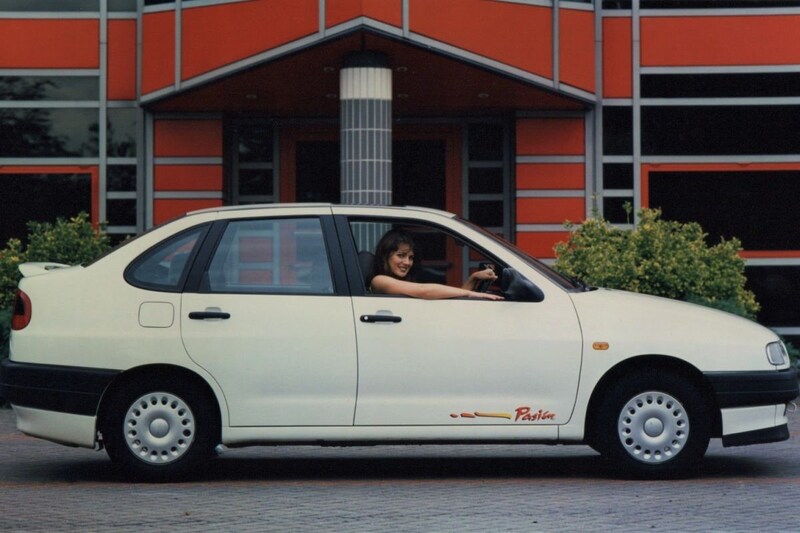
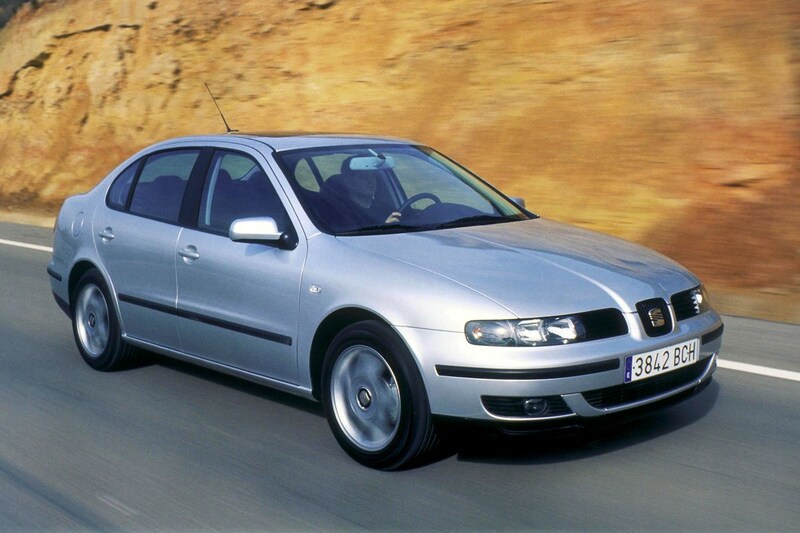
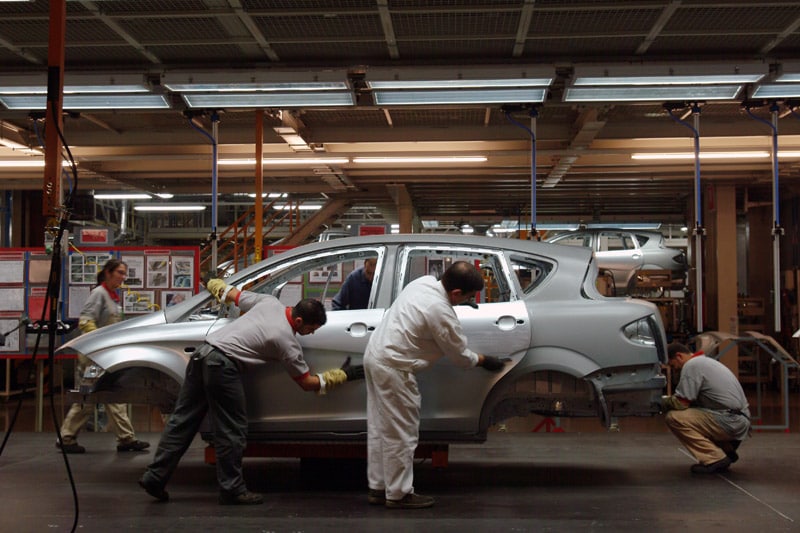
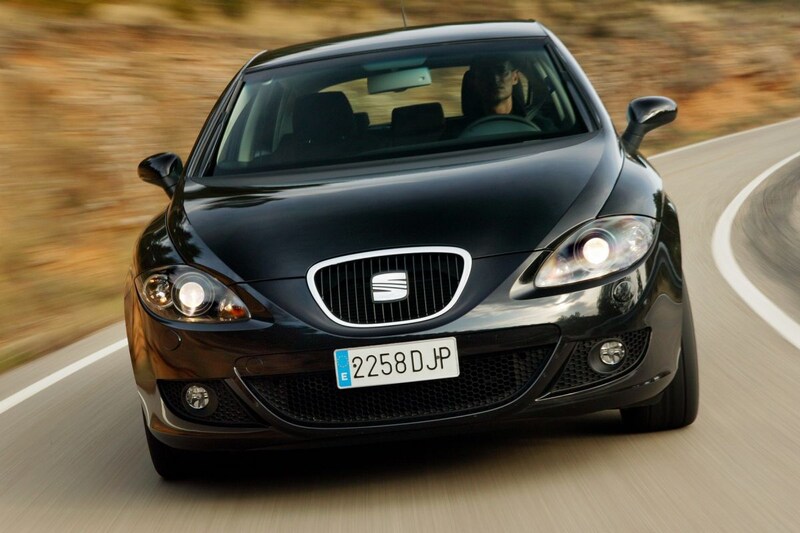



Although parties are now forbidden, the garlands can now be taken out of the closet in Martorell, Spain. Seat blows out 70 birthday candles today.
In the early 1940s, SIAT was born under the leadership of the Spanish bank Banco Urquijo. The company is founded with the aim of mass production of cars developed from the ground up in Spain. Due to a lack of knowledge, the company does not really want to get off the ground and, to make matters worse, World War II throws a spanner in the works. On 9 May 1950, however, things changed and a foreign partner with the necessary knowledge was recruited in the form of Fiat. It leads to the creation of Sociedad Española de Automóviles de Turismo (SEAT). Volkswagen also presents itself as interested in a partnership, but because Spaniards are already familiar with Fiat cars, they prefer to work with the Italians. Seat takes three years to start up an entire production line, because on November 13, 1953, the very first Seat was born in the Zona Franca factory. It is the Seat 1400.
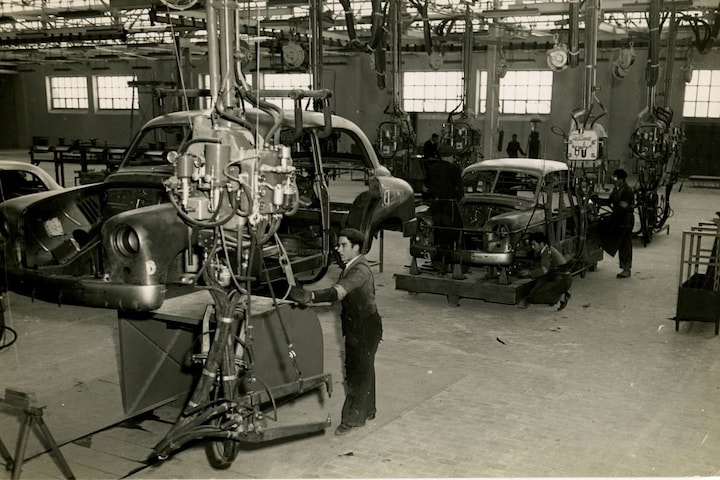
Seat 127
Seat starts with a very low daily production of only five Seats 1400. That happened with 925 men; efficiency could improve considerably. Four years later, a success number emerges: the Seat 600. This compact offspring shares all its genes with the Fiat 600. The Italians agreed to this deal on the condition that Seat would only build the car for the Spanish market. That happened until 1973. The cheap car is seen by many Spaniards as the symbol of freedom and mobility. The 600 is followed in 1972 by the Seat 127. With this car, Seat does exactly the same as before, because the Fiat 127 is the basis for the Spaniard. The car becomes one of the most popular models ever, because Seat sells a total of 1,253,604 copies.
Volkswagen
When Seat and Fiat grow apart in the 1980s due to issues around money, Volkswagen again turns to the Spanish manufacturer. Dr. Carl Horst Hahn is responsible for this promotion, but it will take another four years before a signature is finally signed under a cooperation contract. In the meantime, Seat had already started designing cars independently. The very first Ibiza from 1984 and the subsequent Malaga are the result of this. Seat has continued to grow ever since.
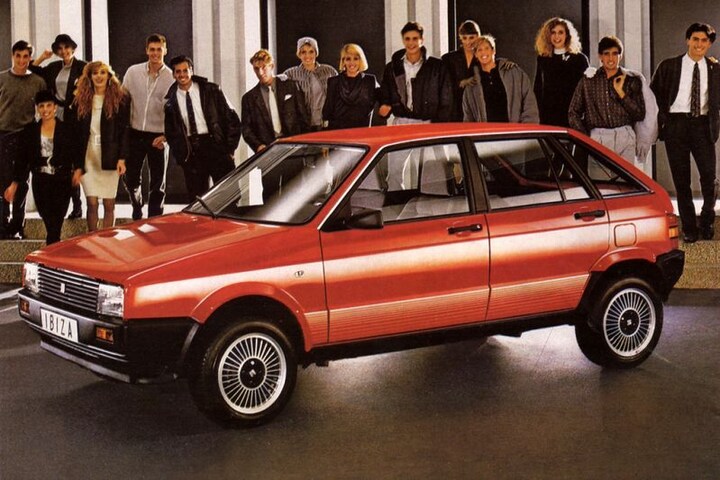
Martorell
In 1991 the first Toledo was introduced and in 1993 Seat opened the new, larger and more modern factory in Martorell, just outside Barcelona. At the opening, the production of the new second-generation Ibiza and the brand-new Cordoba will start immediately. 1,500 cars are born every day. In 1995 Seat celebrates, because the 10,000,000th car is produced. After that it goes a bit faster with the introduction of, for example, the Arosa, the new Toledo and the Leon. Partly because of this, 2000 is known as the best production year after the production of 516,146 cars. In the decade that follows, things are slowly slowing down and around 2010 there are major concerns about Seat’s survival. The old Audi A4 rebadded to Exeo was the low point of a fairly visionless period of the brand. In the end, Seat manages to turn the tide with more high-profile cars.
El Born
Seat currently has three factories: in Barcelona, El Prat de Llobregat and Martorell. With all production lines in full swing, 2,300 cars are built every day. The production counter now stands at 19,142,657 cars and a total work